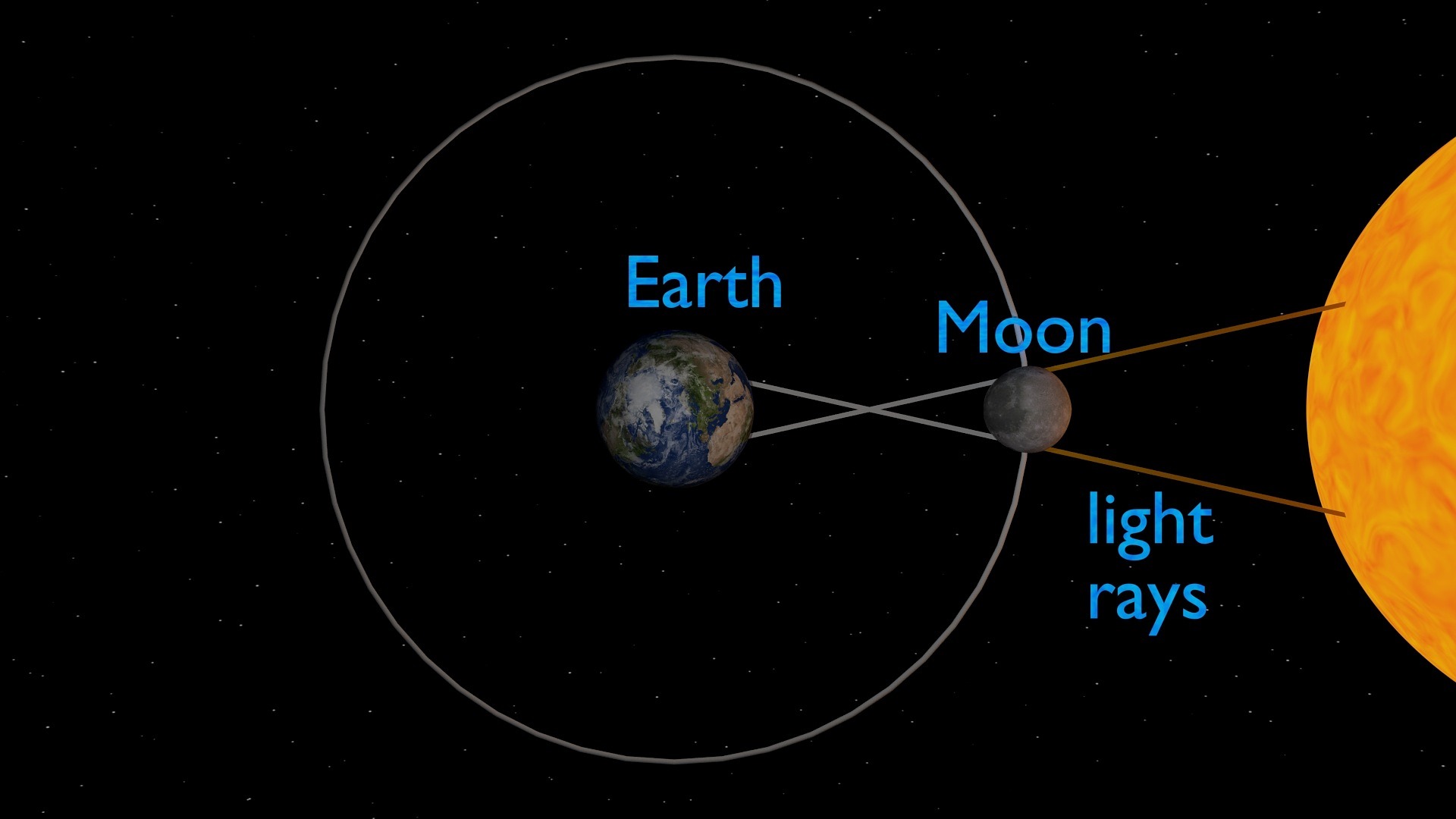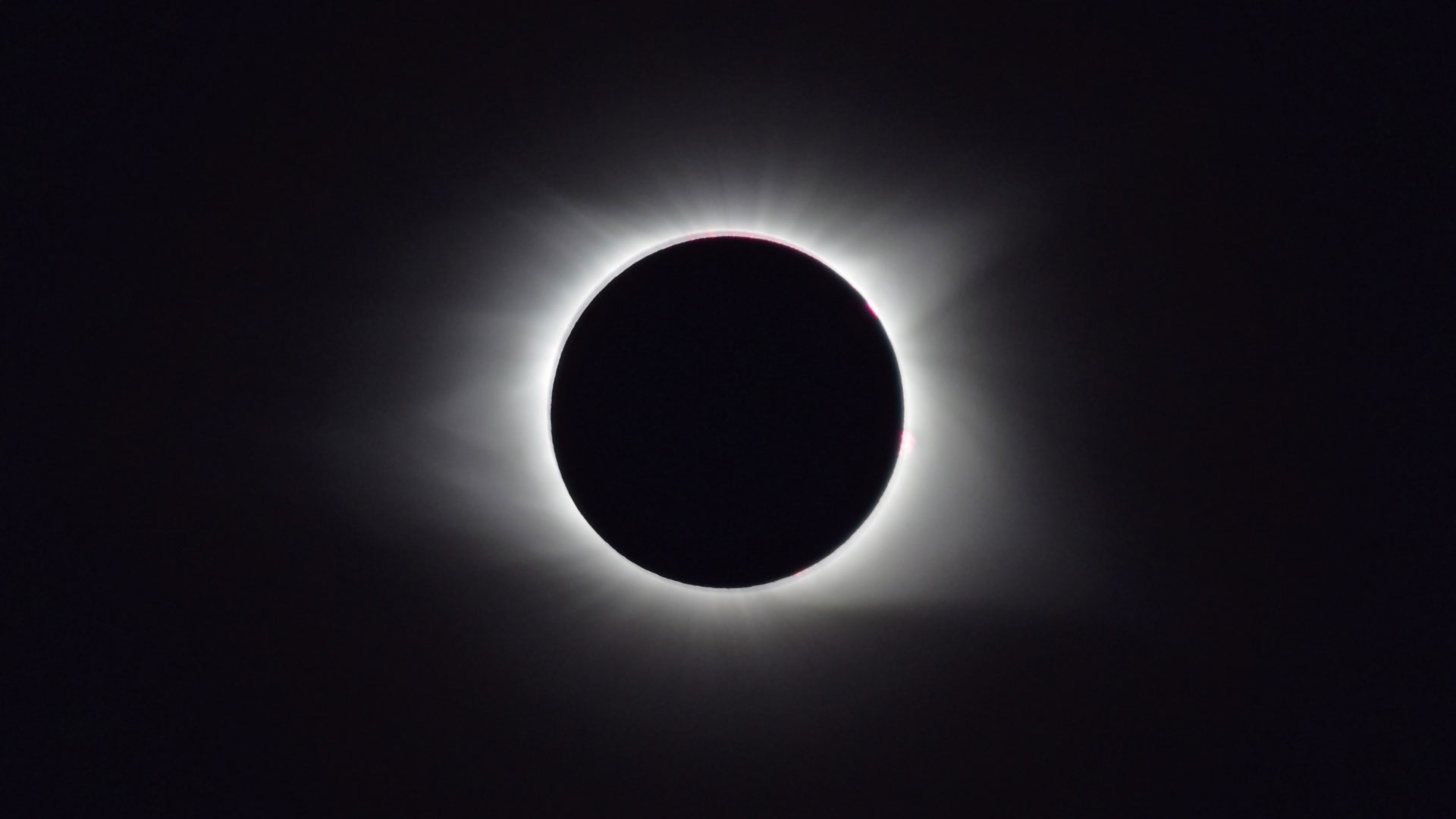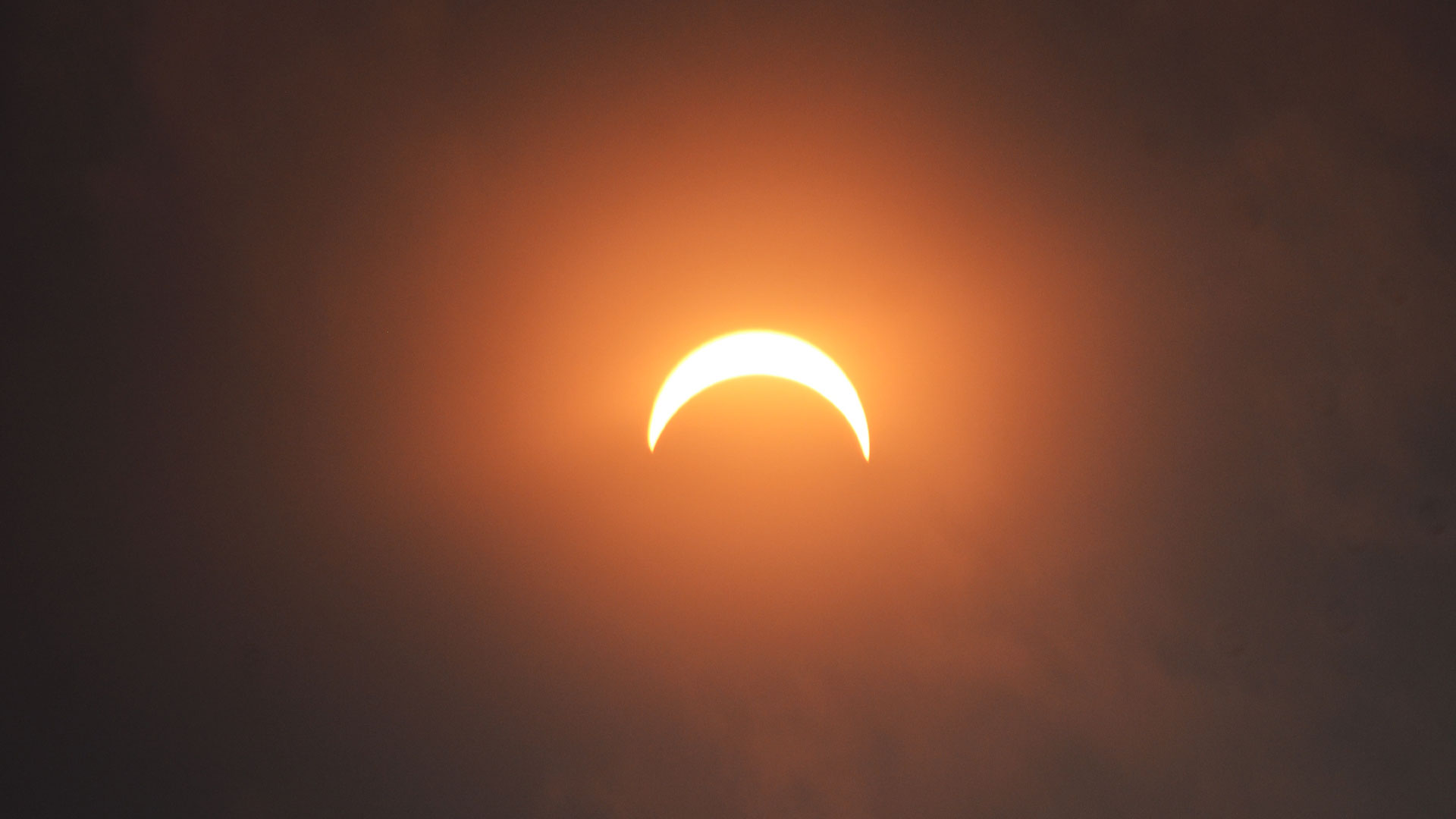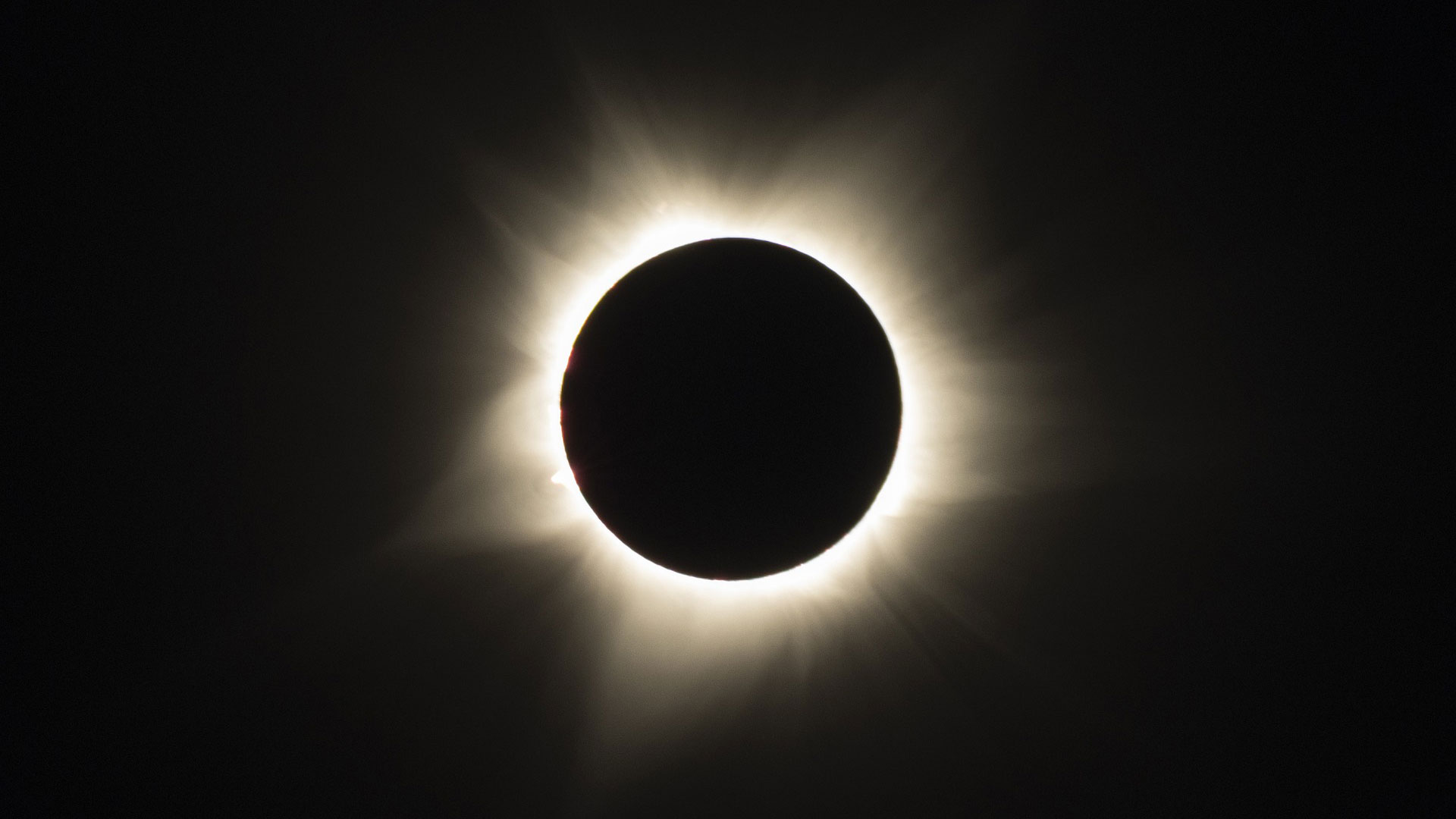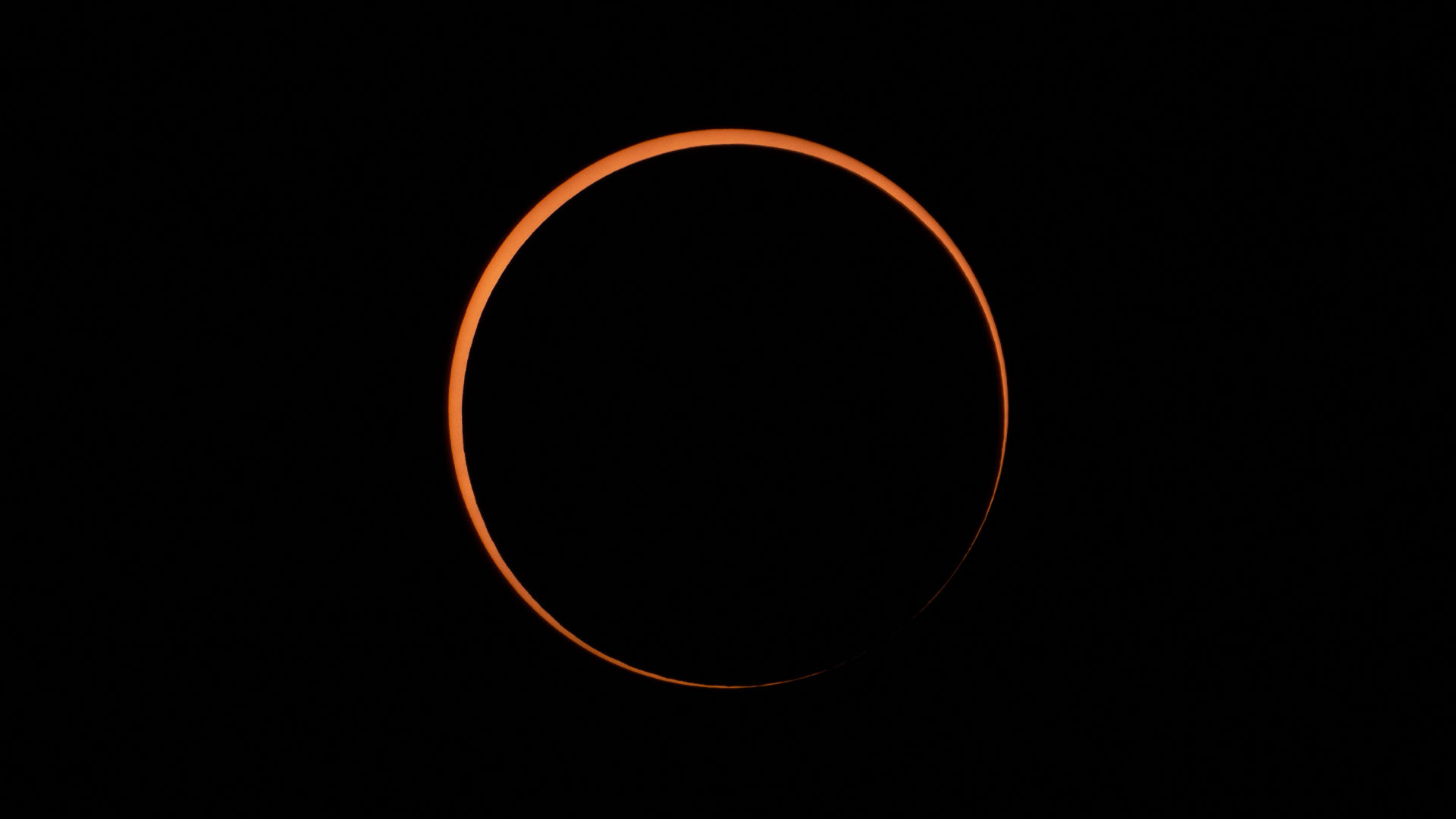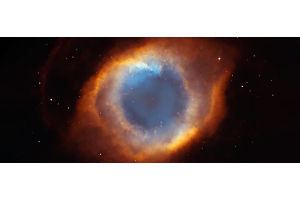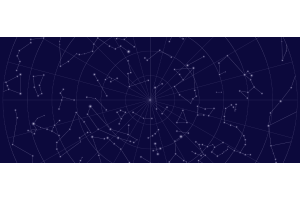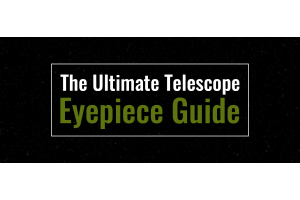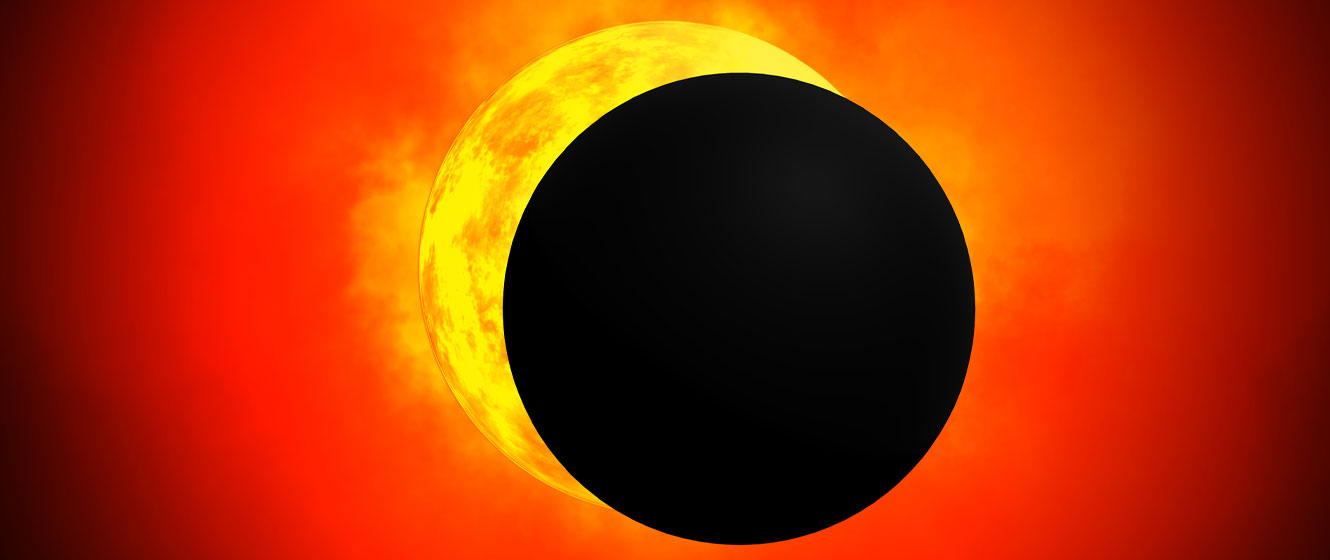
When it comes to the wonders of the natural world, few things can compare to a total solar eclipse. These rare events have captivated observers since the dawn of time, and they still have the power to enthrall us like nothing else on Earth - or in space!
Total solar eclipses have a rich and fascinating history dating back thousands of years. While we now understand the science behind the phenomena, there was once a time when fiction and fantasy had a much larger role to play.
Let’s review the top ten facts you should know about solar eclipses:
1. Solar Eclipses Only Occur at New Moon
The Moon is said to be new when it passes between the Earth and the Sun. At that time, the sunlit half of the Moon is turned away from us, and the Moon is invisible to observers on Earth. If the Sun, Moon, and Earth are also in direct alignment, then the Moon will appear to move across the face of the Sun, and we’ll see a solar eclipse.
However, since the Moon’s orbit is slightly tilted, it usually appears to pass above or below the Sun in the sky, and no eclipse occurs. So, while a solar eclipse can only occur at new Moon, not every new Moon causes a solar eclipse!
2. There Are Four Types of Solar Eclipse
There are four types of solar eclipse - total, partial, annular, and hybrid - but the one you experience will depend on the Moon and your location on Earth.
During a total solar eclipse, the Sun, Moon, and Earth are in alignment, and the Moon obscures the Sun’s entire disc, but you’ll need to be in the path of the shadow cast by the Moon to see it. If the Sun, Moon, and Earth aren’t quite aligned, the Moon only covers a portion of the Sun’s disc, and a partial solar eclipse occurs. You’ll also see a partial eclipse if you’re standing outside the path of the Moon’s shadow.
An annular solar eclipse happens when the Sun, Moon, and Earth are aligned, but the Moon is slightly further away than usual and appears a little smaller. In this situation, the Moon doesn’t appear large enough to cover the entire disc of the Sun, and we see a “ring of fire” effect instead.
Hybrid eclipses are rare, as they can only occur when the Moon is at just the right distance from the Earth. In this situation, the curve of the Earth puts observers at the start and end of the eclipse path slightly further away from the Moon than those in the middle. As a result, observers at the start and end of the path will see an annular eclipse, while those in the middle will see a total eclipse.
3. Solar Eclipses Go Through Cycles
You might think every eclipse is unique, but that’s not entirely true. In fact, solar and lunar eclipses repeat themselves every 18 years (6,585.3 days, to be precise), with only the eclipse’s geographical visibility from Earth being different.
For example, the last solar eclipse of the 20th century occurred on August 11th, 1999, with the path of totality stretching west to east across Europe and Asia. Eighteen years and 10 days later, on August 21st, 2017, the same eclipse occurred, but with the path of totality cutting across North America instead, from the Pacific to the Atlantic.
This cycle was first discovered by the Babylonians more than two thousand years ago, but it was the British astronomer Sir Edmond Halley (the same man who predicted the return of the comet that bears his name) who named it the Saros cycle in the late 17th century.
4. Total Solar Eclipses Are Not Visible Everywhere
A lunar eclipse is visible anywhere the Moon is above the horizon, but a total solar eclipse has a much more selective audience. During a lunar eclipse, the Moon passes through the Earth's shadow in space, making it appear much darker. As a result, if you can see the Moon at that time, you’ll see it in the midst of its eclipse.
A solar eclipse is almost the opposite. The Moon passes between the Earth and the Sun, but as the Moon is much smaller than either, its shadow isn’t large enough to cover the entire surface of the Earth.
Therefore, as the Moon orbits the Earth, the shadow cast by the Moon moves across the Earth’s surface, resulting in relatively few people falling under the shadow of the Moon and witnessing the solar eclipse.
5. There Are Four Stages to a Total Solar Eclipse
From start to finish, a total solar eclipse will typically last a little more than two and a half hours and will go through four distinct stages during that time. First contact occurs when the leading edge of the Moon first touches the leading edge of the Sun, and the partial phase of the eclipse begins.
Over the course of the next 75 minutes or so, the Moon edges across the face of the Sun until the trailing edge of its disc touches the leading edge of the Sun. At this point, called second contact, the entirety of the Sun is covered, and the totality phase begins.
When the leading edge of the Moon touches the trailing edge of the Sun, totality ends, and the eclipse begins a second partial phase. This is third contact. Lastly, fourth contact occurs when the trailing edge of the Moon meets the trailing edge of the Sun. By now, no part of the Moon’s disc is touching the Sun, and the eclipse is over.
6. Day Turns to Night During Totality
We all know the stars come out at night when the Sun is below the horizon. The stars aren’t bright enough to be seen during the day because the sky is bright blue due to sunlight being scattered by molecules in our atmosphere. This happens because blue light has the shortest wavelength of the colors and is therefore scattered more, and so our sky appears that color.
During a total solar eclipse, the sunlight is blocked by the Moon; without it, the sky darkens. Consequently, the stars re-appear briefly, along with any planets that might be above the horizon. This confuses the local wildlife. Birds return to their nests, and the temperature drops, leaving observers standing in an eerie, silent darkness (except for the sound of the spectators gasping in awe, of course)!
7. Totality Can Last For Up to Seven Minutes
The length of totality will vary with each eclipse, depending on the circumstances of the eclipse and your location. No total solar eclipse lasts more than 7 minutes and 32 seconds, and eclipses of that length are rare. In fact, the last total solar eclipse lasting more than 7 minutes was on June 30th, 1973, with the next occurring on July 27th, 2204.
The length of totality will also depend on where along the Moon’s shadow you’re standing. If you’re precisely halfway along its path and standing dead in the center of the shadow, then you’ll experience the longest duration of totality possible for that eclipse.
The further you are from the halfway point and the further you are from the center of the shadow, the shorter the duration of totality. If you’re right on the edge of the Moon’s shadow, totality might only last a few seconds.
8. The Earliest Recorded Total Solar Eclipse Was in 1223 BCE
Of course, total solar eclipses have been observed for thousands of years, but not all were recorded for posterity. However, in 1948, archaeologists found a stone tablet among the ruins of the ancient city Ugarit, in what is now Syria.
Roughly 3,500 years old, it was originally thought to depict the total solar eclipse that occurred on May 3rd, 1375 BCE, but a more recent analysis revealed the mention of Mars and the month in which the eclipse occurred. This led investigators to re-date the eclipse as occurring on March 5th, 1223 BCE - nearly 150 years later than previously thought.
9. Solar Eclipses Have Been Both Feared and Revered
It’s well known that cultures across the world feared eclipses. Many believed they were bad omens and astrologers could potentially lose their lives if they failed to predict one. For example, in numerous cultures, it was believed the Sun was being devoured, and witnesses would make loud noises to scare the attacker away.
Conversely, for Pagans, eclipses represent a favorable occasion to seek communion with their gods and goddesses and are perceived as symbolic of fresh beginnings, growth, and personal transformation. Meanwhile, for the Navajo, a total solar eclipse is a time of solemnity and respect, with many taking the opportunity to pray, tell stories, and teach traditions.
10. Total Solar Eclipses Have Altered the Course of History
Given the nature of the phenomena and the fear and superstitions associated with them, it’s perhaps not surprising to learn that solar eclipses have altered the course of history. For example, the Battle of Halys occurred in the 6th century BCE and was the culmination of a 15-year war between the Lydians of modern-day Turkey and the Medes of modern-day Iran.
On May 28th, 585 BCE, the two armies were engaged in a battle near the Halys River (now the Kızılırmak River) in Turkey when a total solar eclipse darkened the skies. Interpreting the event as a warning from their gods, the combatants laid down their weapons as their kings declared a ceasefire and negotiated a treaty.
Eclipses may not always bring an end to war or allow you to commune with gods, but understanding the facts behind them can certainly inspire a deeper appreciation for what you’re seeing: the Sun, Moon, and Earth aligning, with you standing in the shadow of the Moon, in just the right place, and at the right time, to experience it!

Learn More
Interested in learning more about the different types of eclipses? Not sure where to begin? Check out our Astronomy Hub!




